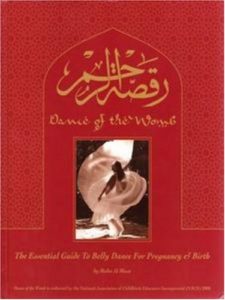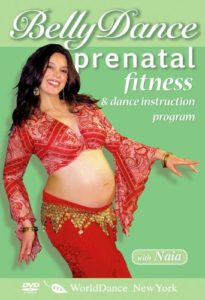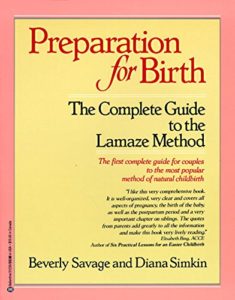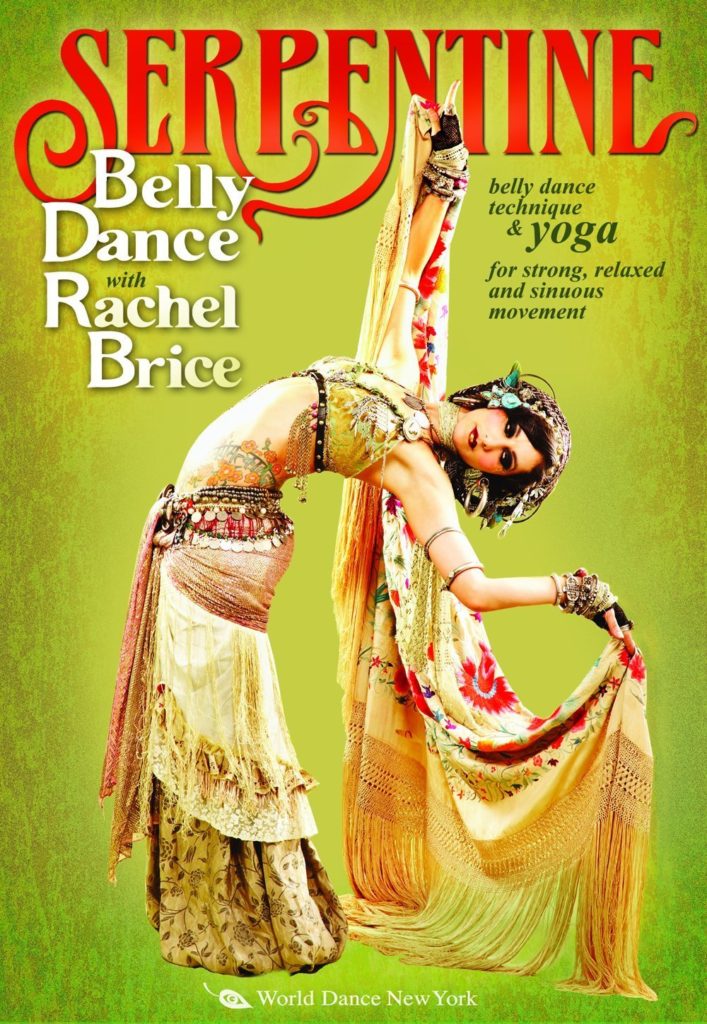
Is “belly dance” better than the Lamaze technique for childbirth?
I was surprised to learn that belly dancing was never intended to be the sort of dance we all immediately think of when we hear the words “belly dance.” As it turns out, the important movements of the Lamaze technique that assist in the birth process are simply a few traditional movements of belly dance.
A quick wiki search will tell you that: “The Lamaze technique, also known as the psychoprophylactic method or simply Lamaze, started as a prepared childbirth technique popularized in the 1940s by French obstetrician Dr. Fernand Lamaze based on his observations in the Soviet Union as an alternative to the use of medical intervention during childbirth.”
Lamaze teaches other techniques helpful to the birth process not covered in belly dance such as meditation and massage for labor, but doesn’t explain that the basic breathing, stomach flutters and stomach undulations of Lamaze are undeniably, belly dance.
Women who are still a part of the ancient culture of oriental dance for childbirth are heartbroken at the idea of belly dance being on display the way it is today.
Traditionally, men were forbidden from seeing these dances performed while the women gave birth, as it was not a dance of seduction.
Western colonization led to the creation of what the west calls belly dance (or bellydance). This label is fairly offensive in the middle east which favors Raqs Sharqi (sounds like “rock sharky”) or its translation, oriental dance. Current PC standards in the west favor “middle eastern dance” instead of belly dance, although this term isn’t as well known as of yet.
The following is an excerpt from “You Asked Aunt Rocky: Answers and Advice About Raqs Sharqi and Raqs Shaabi,” by Morocco C. Varga Dinicu explaining the ancient ritual of middle eastern dance for childbirth.
“She was a dancer and had been taught by her grandmother, who had also been a dancer. She told me that the “belly” roll (I hate that word), flutter, and some parts of the floor section were based on the movements of labor and childbirth, and that thousands of years ago they had been part of a religious ceremony.
With the advent of monotheism and various styles of religious restrictions, it had ceased to be religious and became secular: either as an entertainment (women for women, men for men, women for male or mixed audiences, men likewise) or as a ritual/therapy.
In remoter areas, where the West hadn’t bolluxed things up, all the women would gather around a woman in labor and do certain movements, encouraging her to do likewise, thus easing the birth and reminding each other that they shared the same destiny and experiences as women. Having done these movements in various folk dances since childhood, their muscles were stronger and better prepared for childbirth.”
“Farab told me that as recently as 1937, she had been present when the women of her grandmother’s tribe gathered around the pallet of a woman in childbirth and did those movements, which she did along with them. Other dances were done afterwards to celebrate the birth, as well as a more elaborate repetition of the actual birth dance.”
“Men were forbidden to watch the birth or the women’s celebrations afterwards. They had their own dances and celebrations for the men, from which the women were, likewise, excluded.”
“Of course, she didn’t tell me all this the moment she cornered me in the dressing room. It came over several weeks of a burgeoning friendship and my interrogation tactics. To tell the truth, I thought she was full of it at the time.”
“Then a couple of Sephardic women mentioned that a Lamaze course they had taken had been a laugh riot, since the main movements taught were termed “pelvic rocking” and “deep breathing”, which they knew as “camel” and “flutter”. I checked out a couple of the Lamaze classes at Mount Sinai hospital and found that they were correct.”
“These classes try to accomplish in a few short months or weeks what should have been started in childhood: namely, the shaping up of pelvic muscles to be used in pregnancy and childbirth, and to regain shape and muscle tone after birth.”
Interesting. Very Interesting.
Kat♥Smith
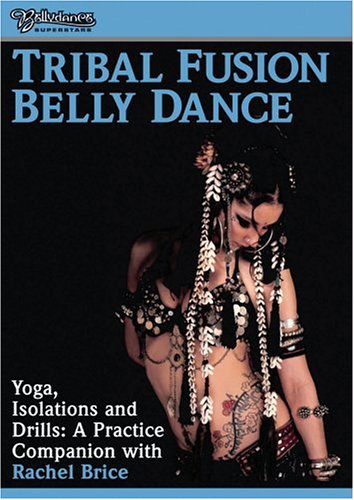
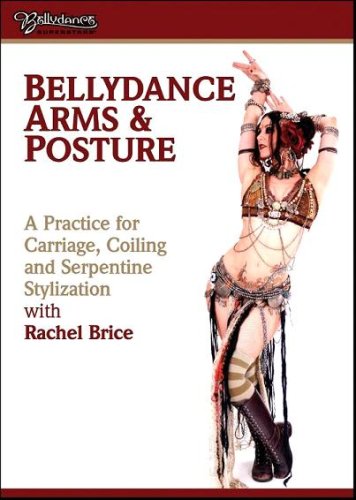

- Angel Numbers
- Angels
- Blog
- Healing
- LOA Law of Attraction
- Meditation
- Messages for Me
- Spirit Symbol Meanings
- Spiritual Tools Review

